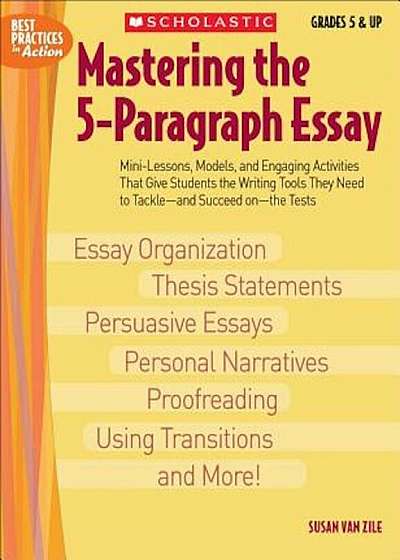
Mastering the Sicilian Defense, Paperback/Danny Kopec
Descriere
Quite simply put - the Sicilian Defense is the most popular and most complex of opening systems in chess. It has been the favorite of top players throughout modern times. There are a number of systems and variations to choose from such as the Scheveningen, Dragon, Najdorf, Boleslavsky, Kan, etc. There are also a number of sharp, complex, theoretical systems and that is why it is aptly named "The Sicilian Jungle." IM Dr. Danny Kopec's addresses the problem of trying to simplify the complexities of the Sicilian Defense from the perspective of STRUCTURE - that is, sound structures for Black, particularly for the endgame. Dr. Kopec uses a unique method which he calls "Mastery Lessons" to guide the learner towards pawn structures and piece configurations which have been demonstrated to lead to success in certain Sicilian variations. This approach, developing "heuristic packets," helped to achieve master level play in his work with computer chess programs. About the Author: Danny Kopec is one of the most talented home-bred players in the US. Dr. Kopec was New York High School Champion at 14, National Master at 17, Scottish Champion in 1980, 2nd-equal in the Canadian Closed in 1984, and International Master in 1985. He is an active player, journalist, writer, chess educator and scholar. His competitive results with top-flight chess professionals have always been remarkable. He has also delivered many chess courses, lectures published seven highly recognized chess books and has developed eight highly regarded instructional videos (18. 5 hours). Over the past 16 years Kopec's Chess Camp, has become world renowned. In parallel with his chess career, Dr. Kopec has pursued an academic career in computer science with research in artificial intelligence, software methodology, and computer science education. For more than 30 years Kopec has been testing and evaluating hundreds of human and machine chessplayers in the UK, Canada, and US in order to quantify their overall chess strengt





